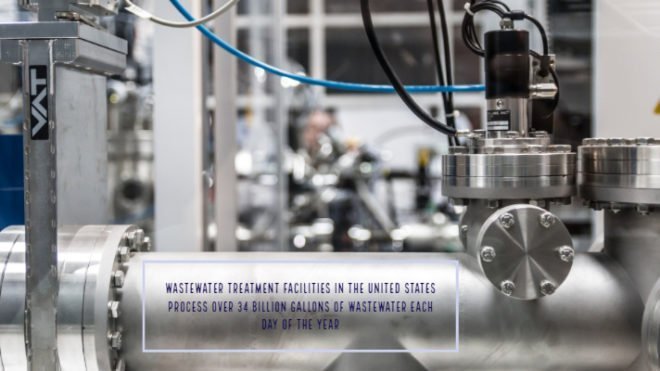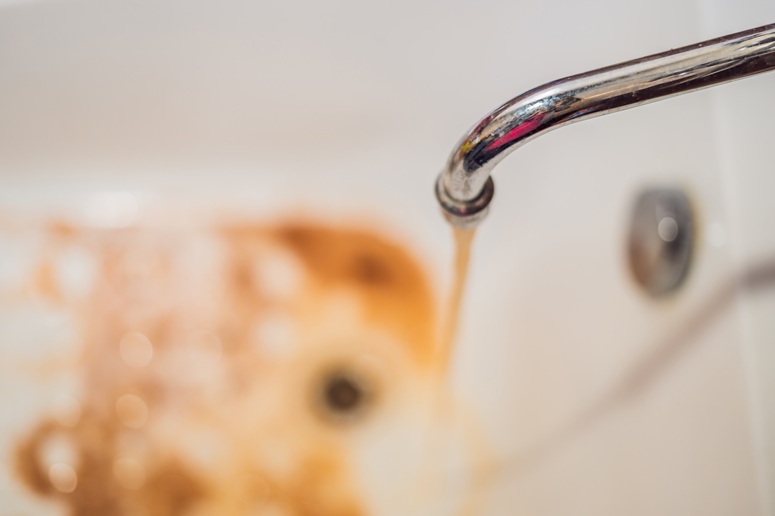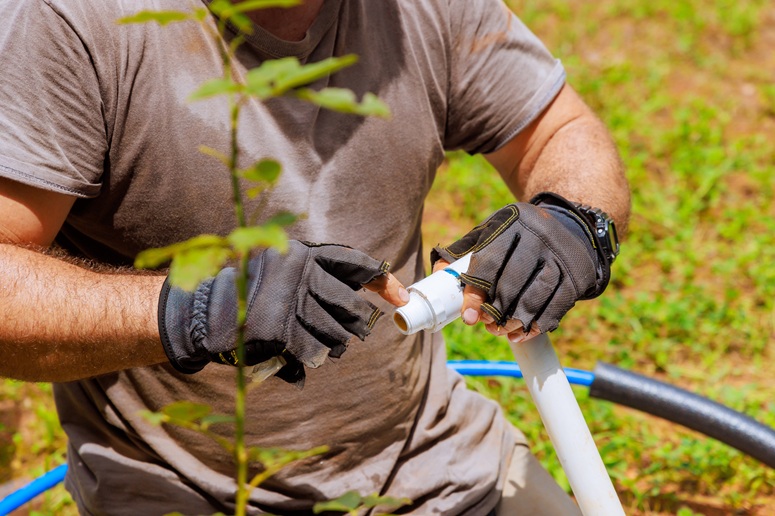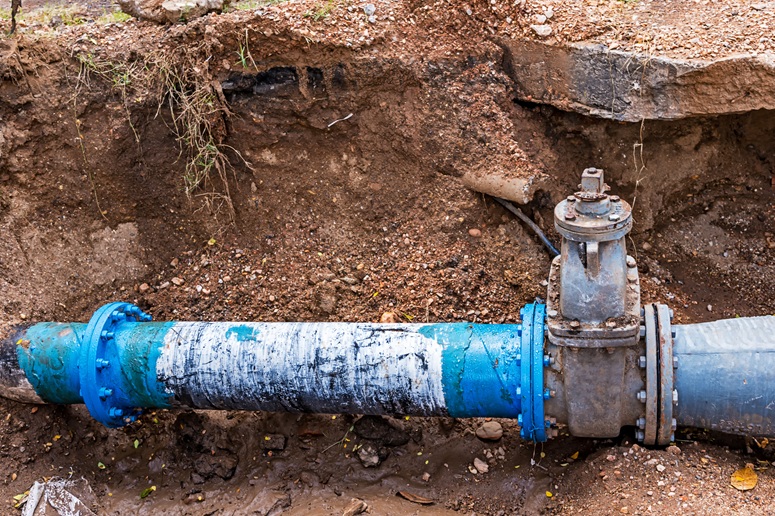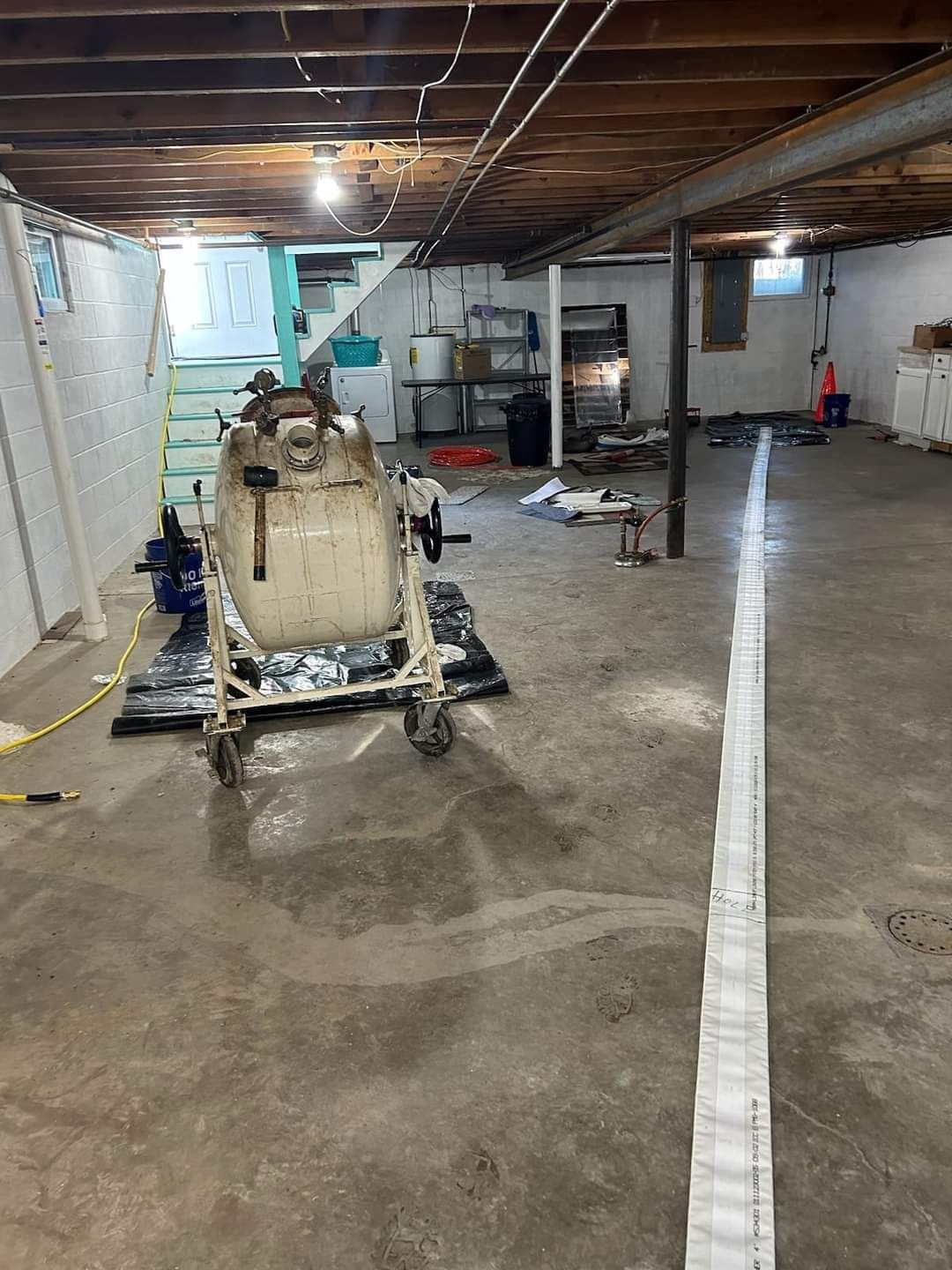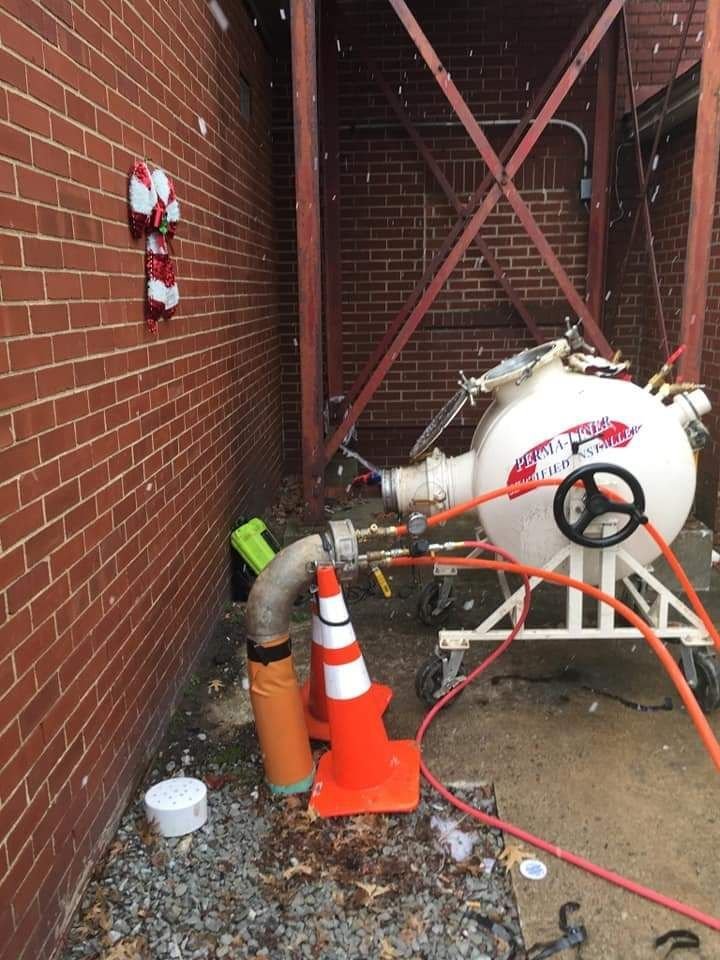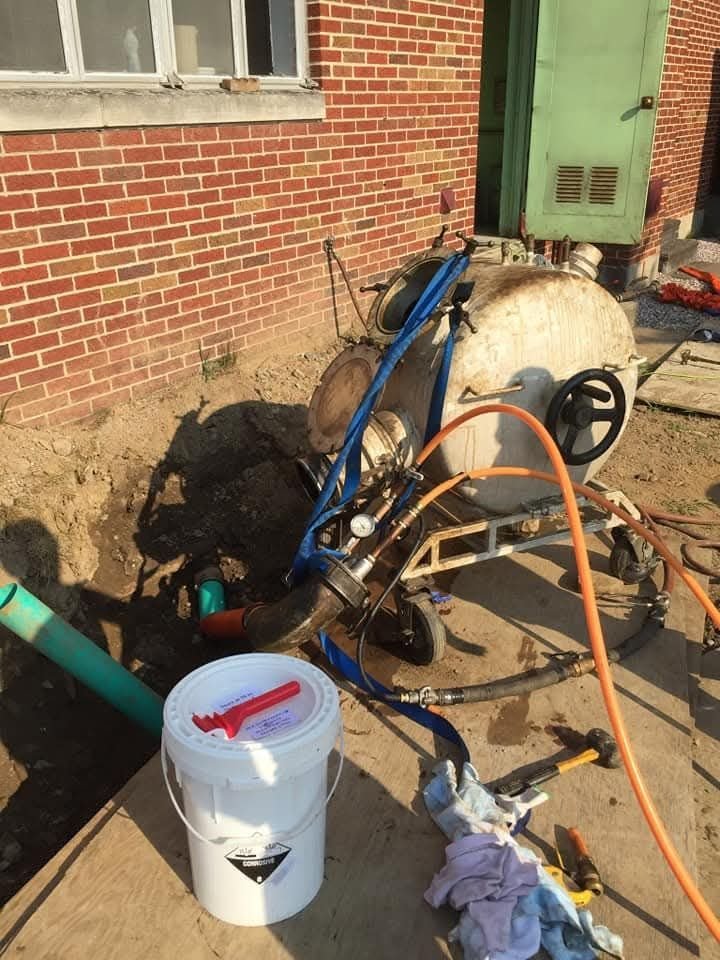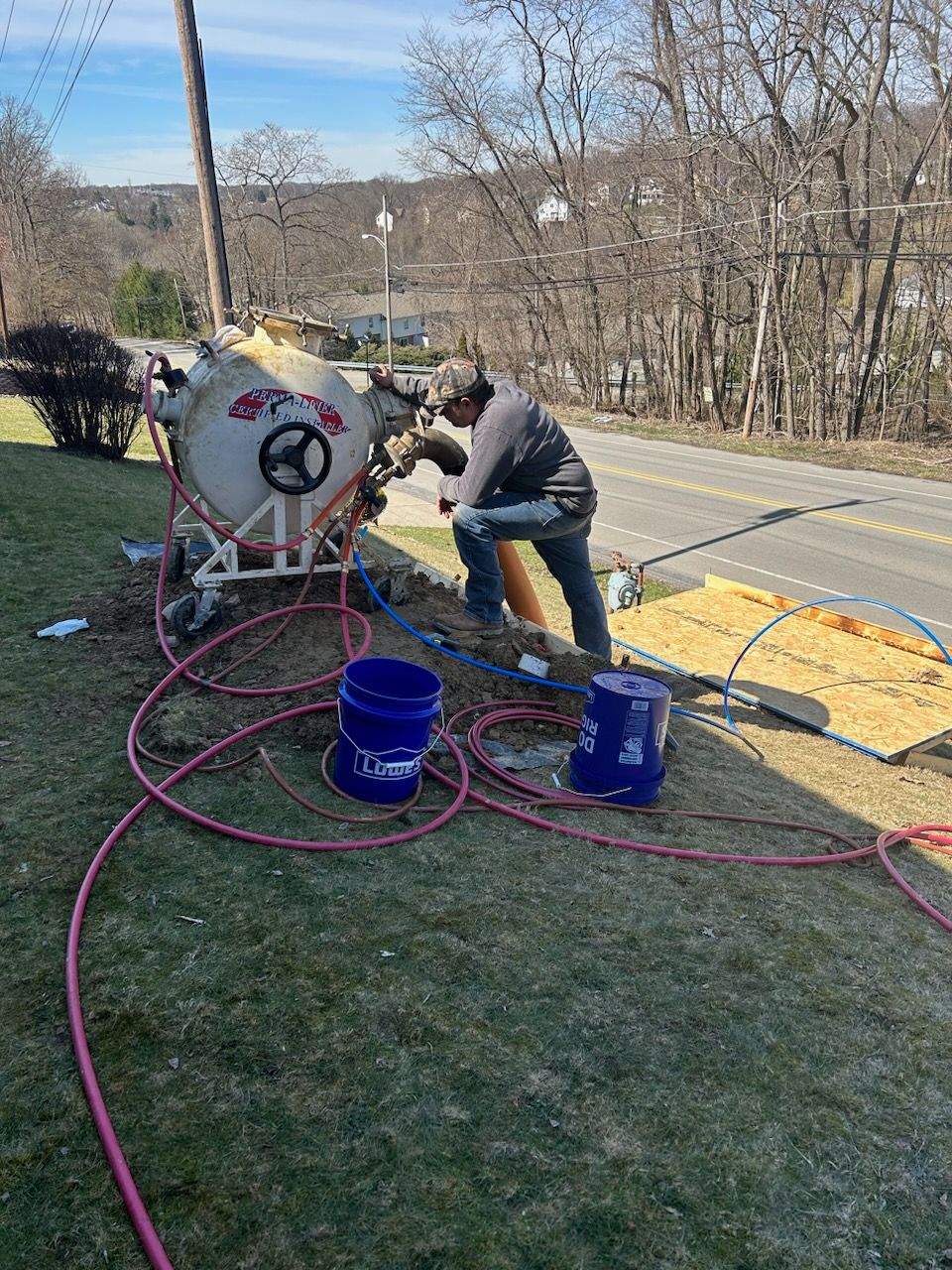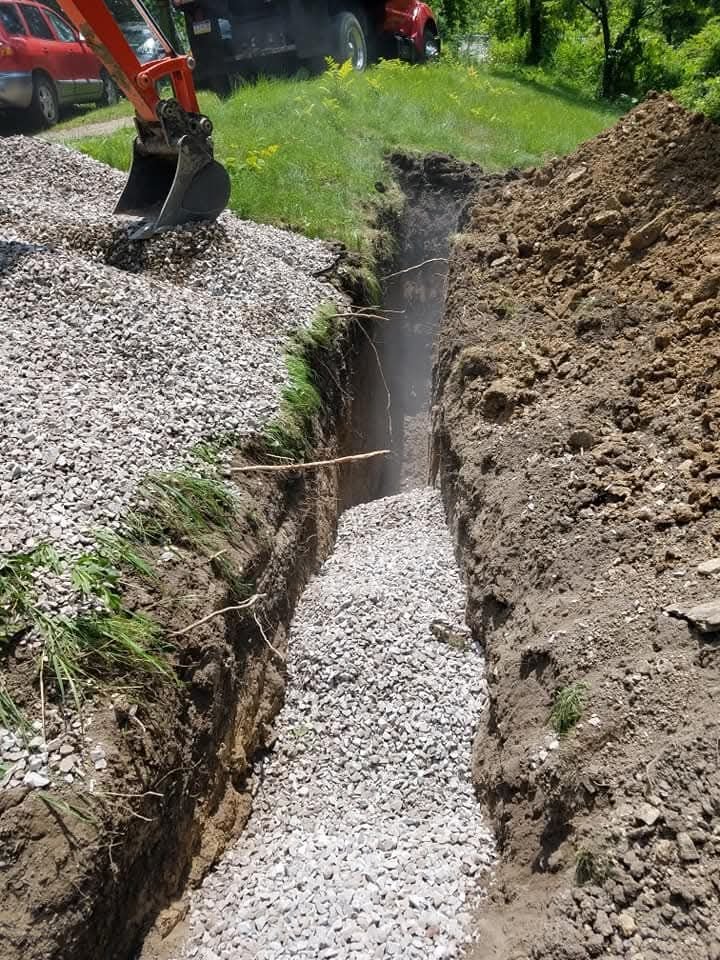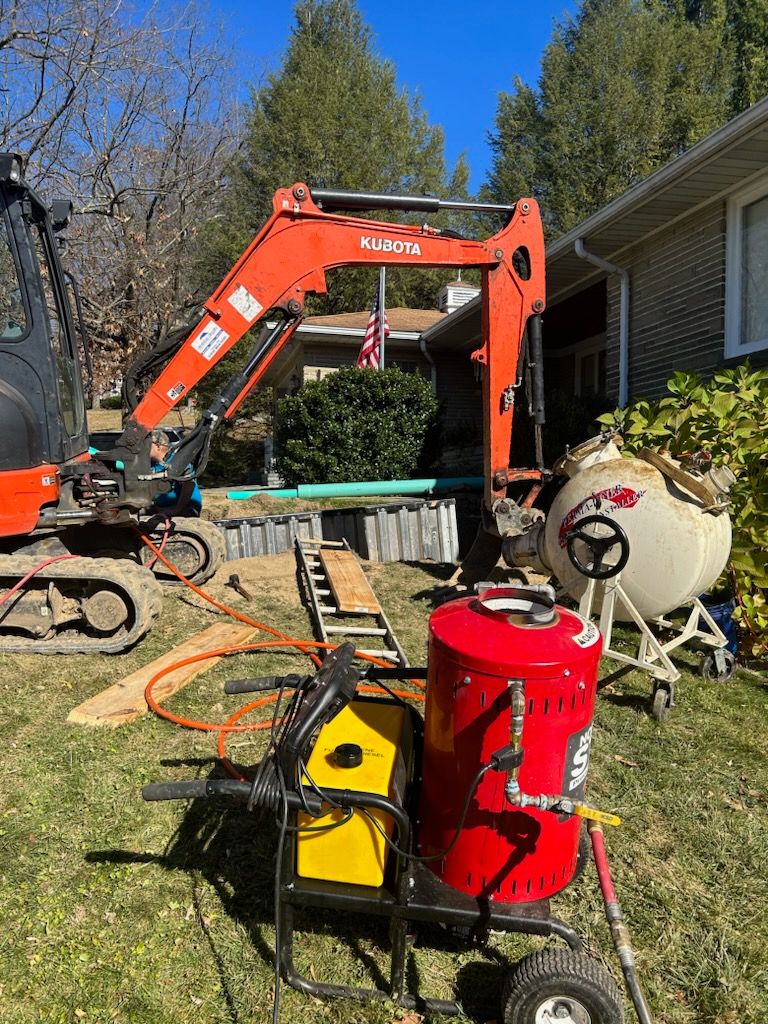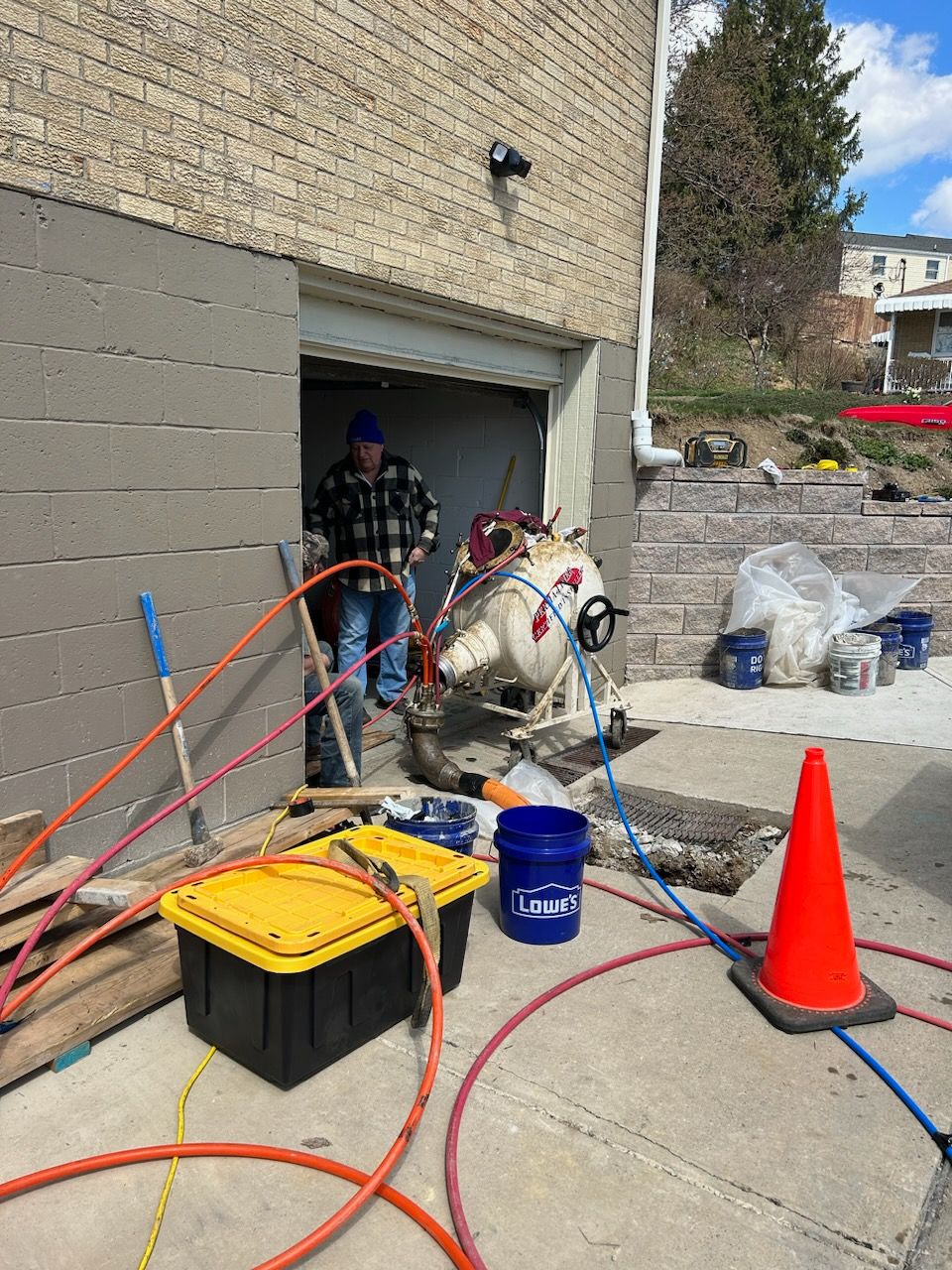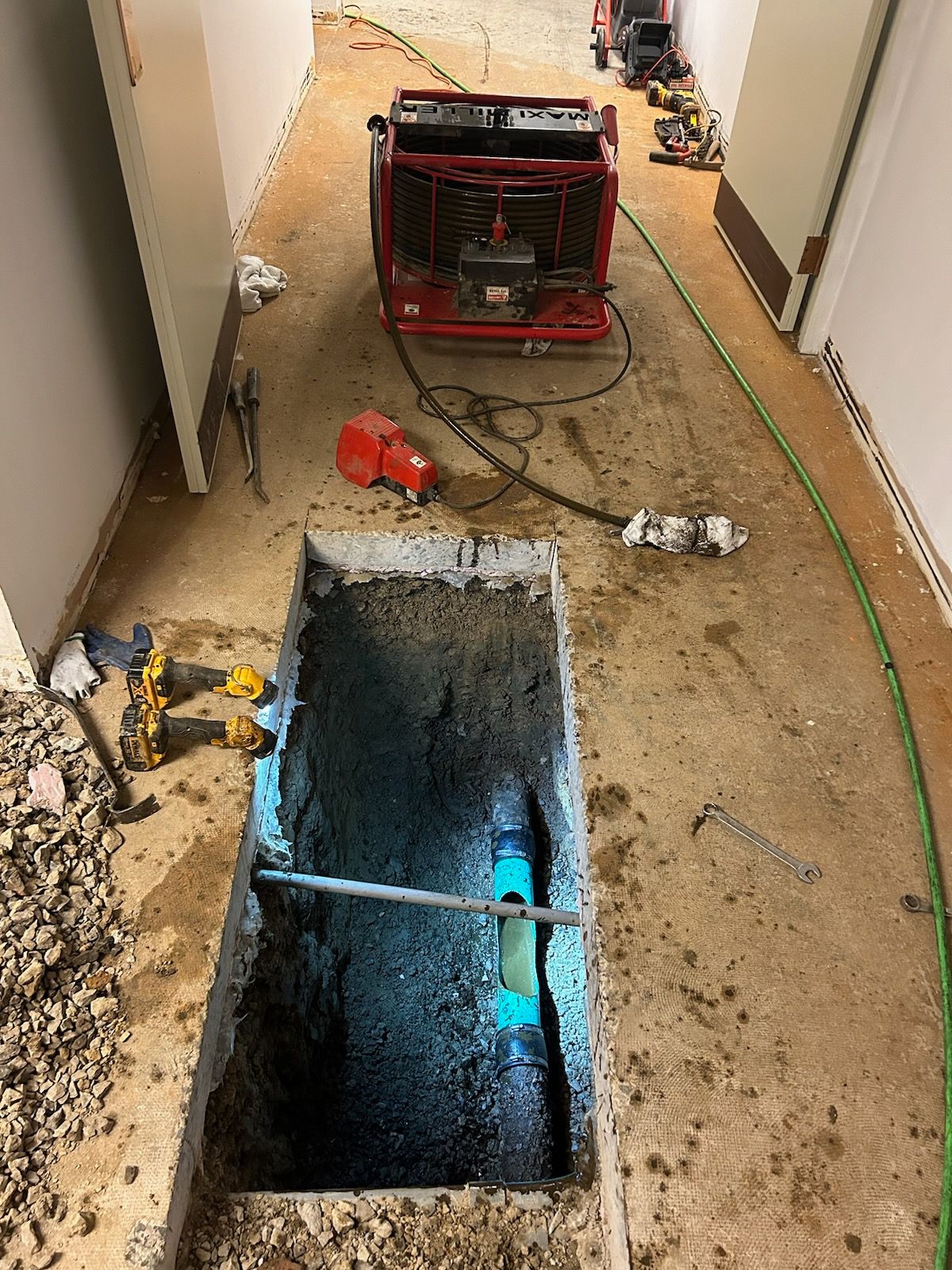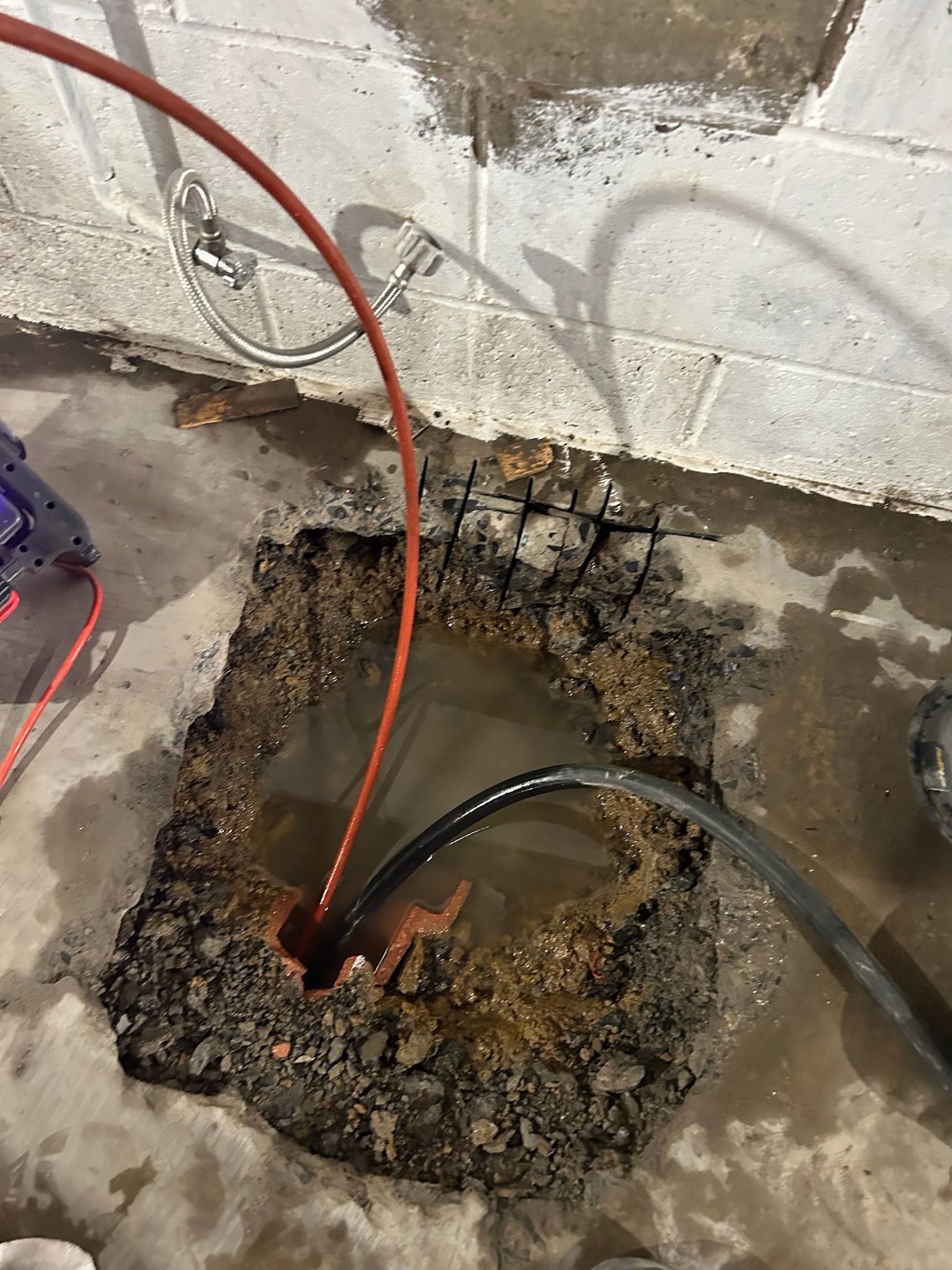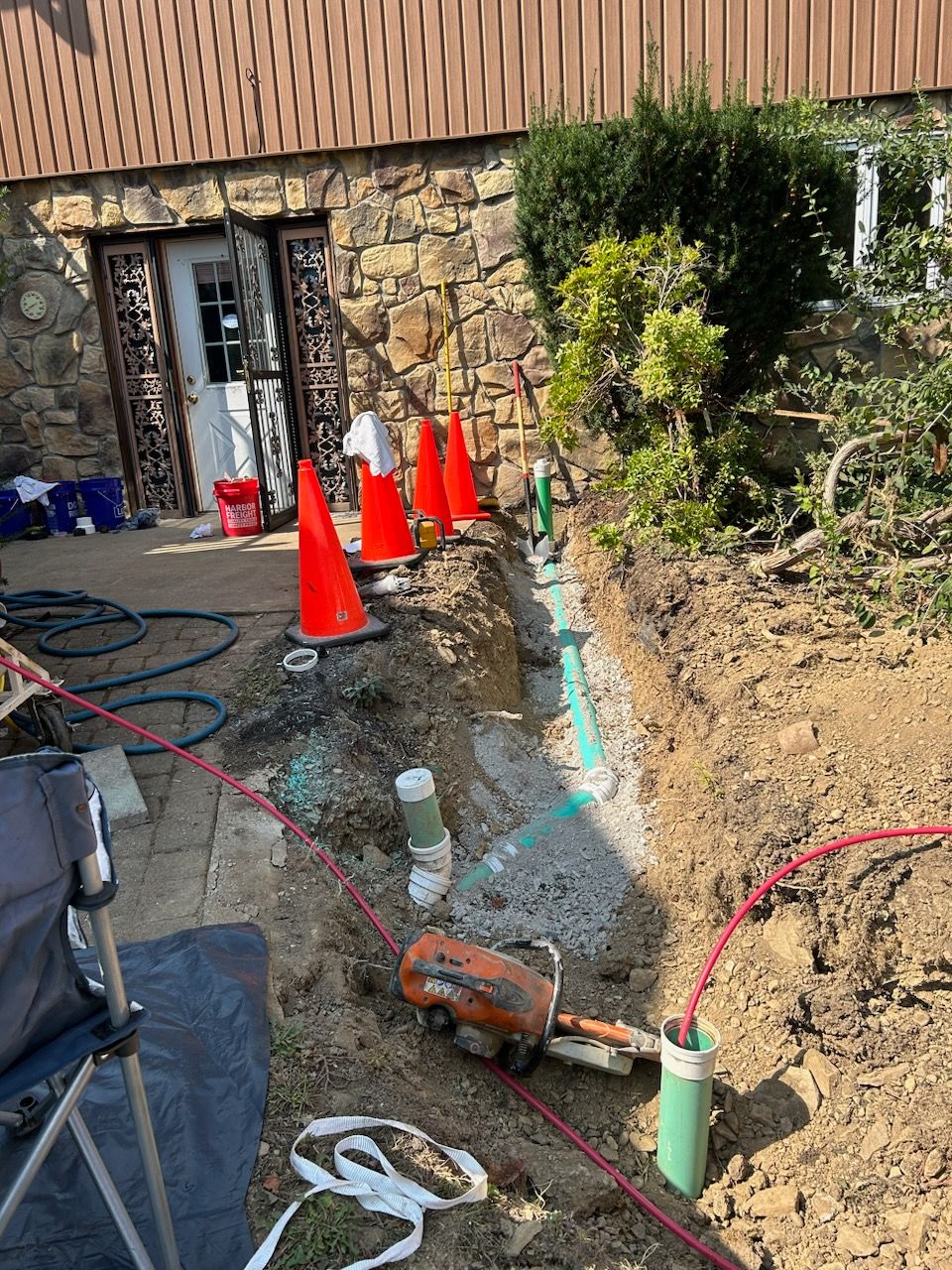Drains are abundant in the United States because of all the developed property. Whether it be for water, gas, or waste, there are pipes everywhere specifically designed to transport said materials across great distances. Often, issues are difficult to resolve after the fact but rather inexpensive if preventatively addressed.
An incredibly important aspect of any property is the pipe. Throughout the entire structure, pipes are the route by which water and waste are delivered or removed. French drain installation is a perfect example of an item with a much better preventative cost compared to a solution cost.
French Drain Installation
Water will always move downhill as well as take the route of least resistance. In some instances, it is necessary to divert water from a location in order to prevent water damage. Fun fact: it is actually an American drainage product marketed by judge and farmer Henry French. He heavily promoted it as a solution to farm drainage in a book from 1859.
In essence, a French drain is a slightly sloped trench that directs water away from a target through the use of angles, gravel, and pipes. French drain installation can be labor-intensive; as such, it is usually much better to install earlier rather than later in construction.
With a French drain installation, problematic surface water can be avoided. It can also assist as a solution to soggy basements that have a tendency to get water in them. Retaining walls on a hillside are also beneficial recipients of this technology.
Wastewater treatment facilities in the United States process over 34 billion gallons of wastewater each day of the year. Around 20% of Americans use septic tanks to dispose of their sewage in comparison to those other 80% making use of wastewater water treatment plants.
The life expectancy of a septic system is reasonably suggested to be 25 years. However, whether a system will fail or continue to be trouble-free for that long depends on how well the original installation is handled, how it is maintained, and the design of the system.
Having an active approach to the maintenance of the system can only be beneficial. It will allow a property owner to save financial expenditures in the long run if properly managed. Often when a camera inspection is utilized, not only will the current issue be identified, but other disasters can be preemptively identified. Even if the new issue cannot be handled immediately, it raises awareness in order to circumventive surprise.
Categories
Related Posts

